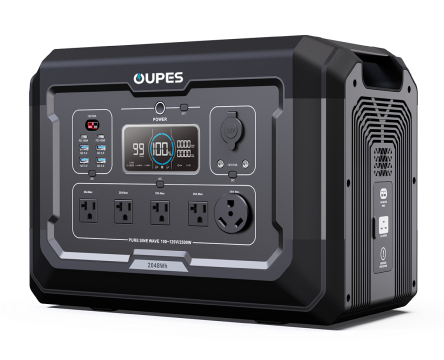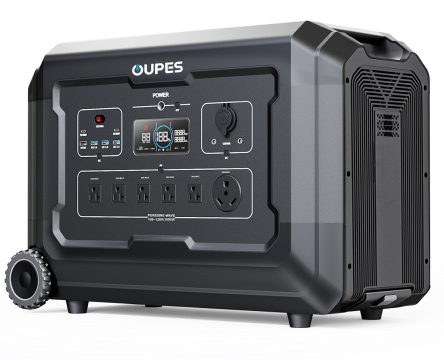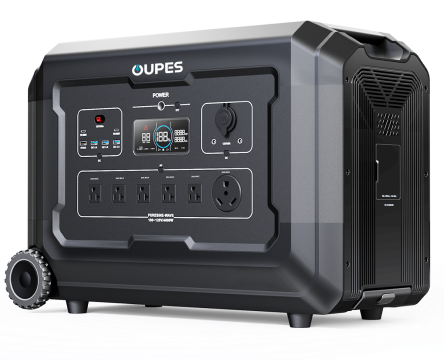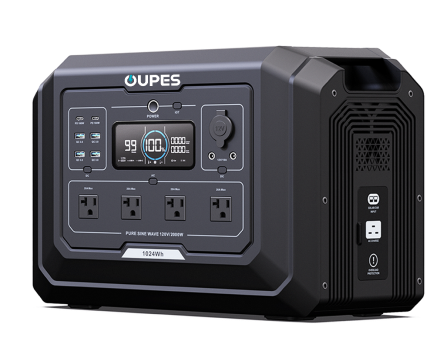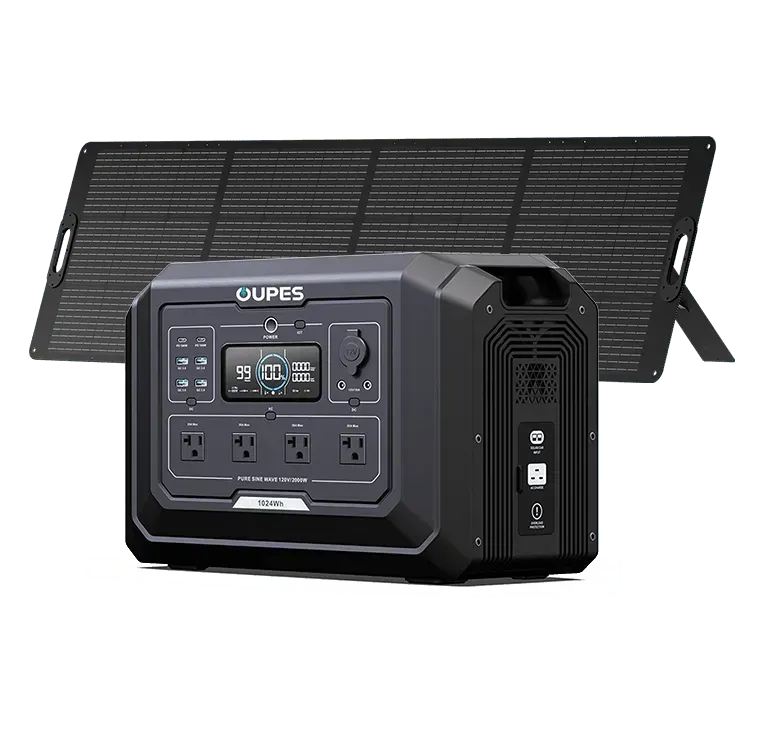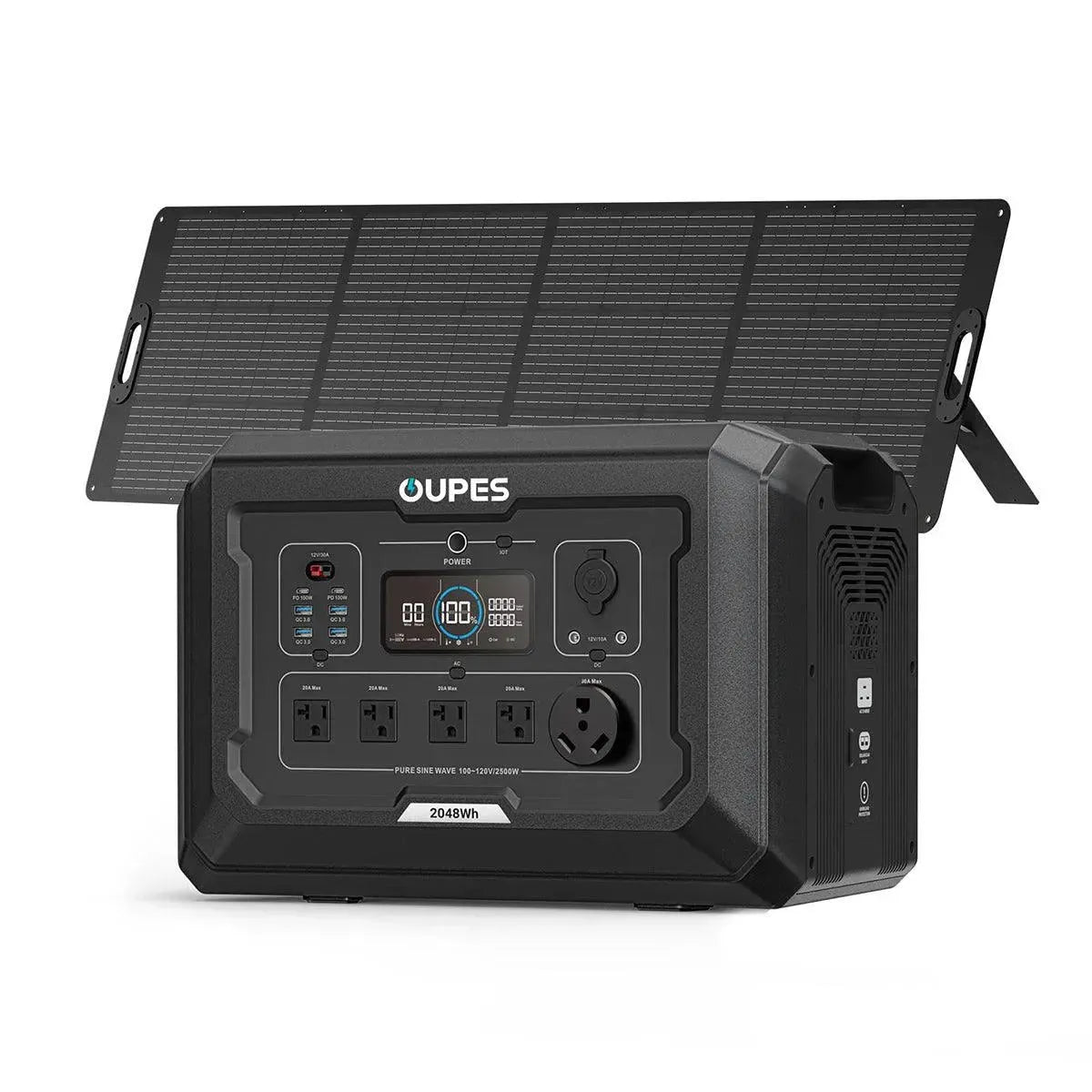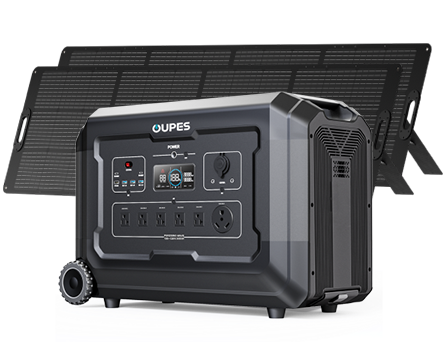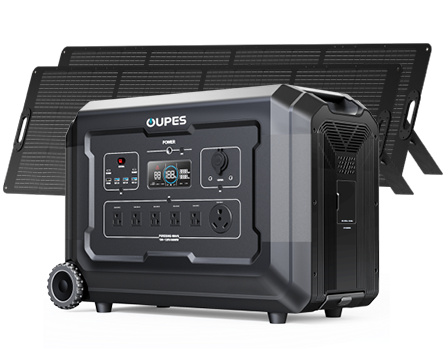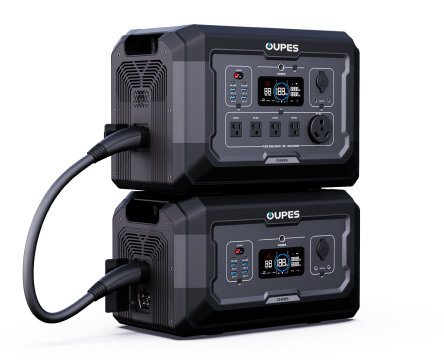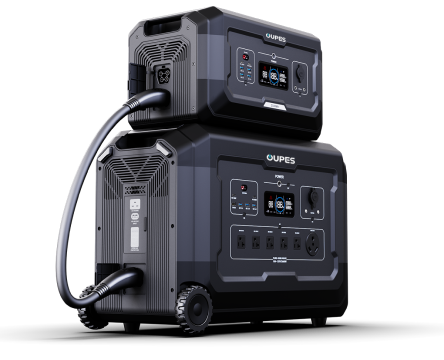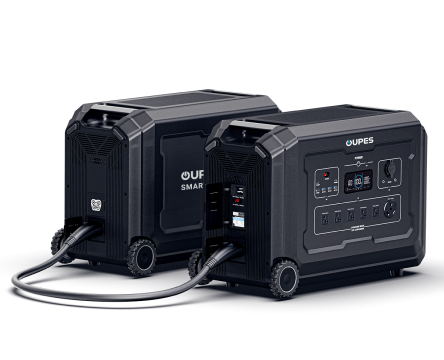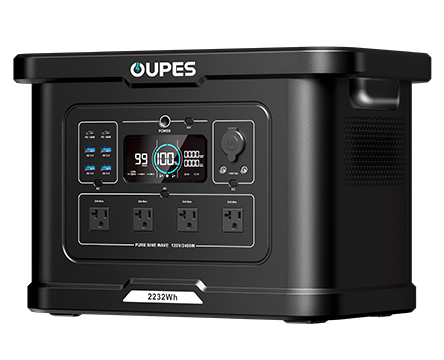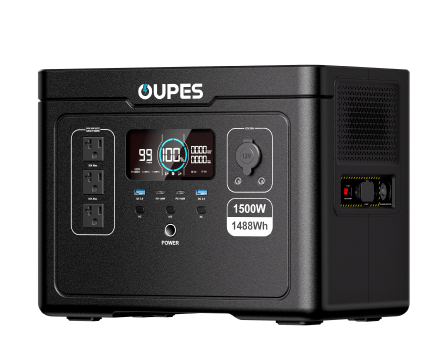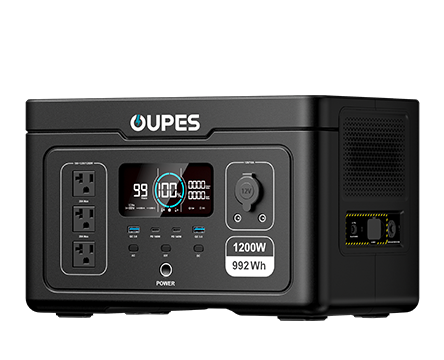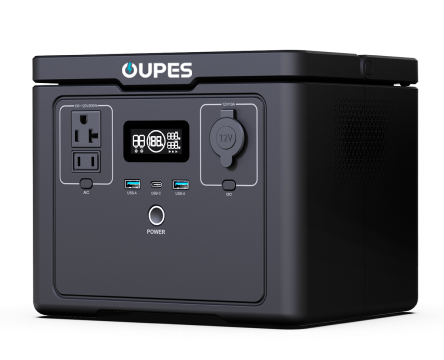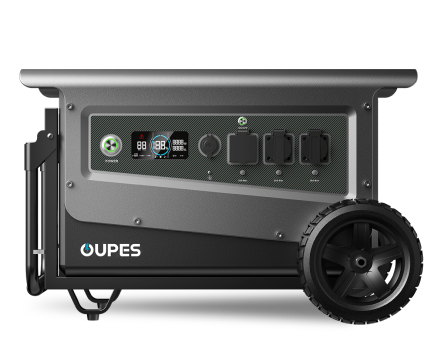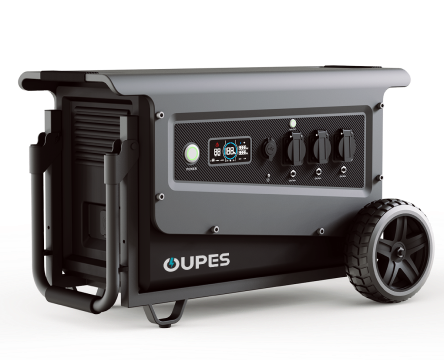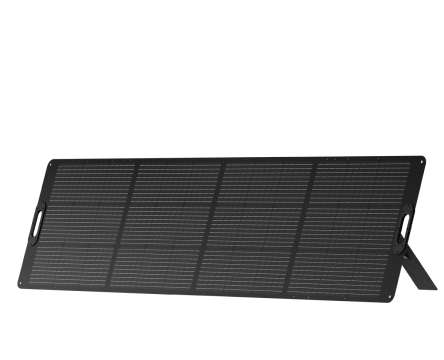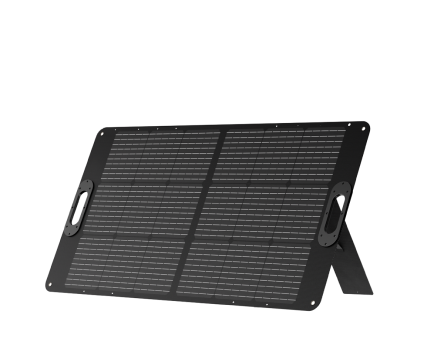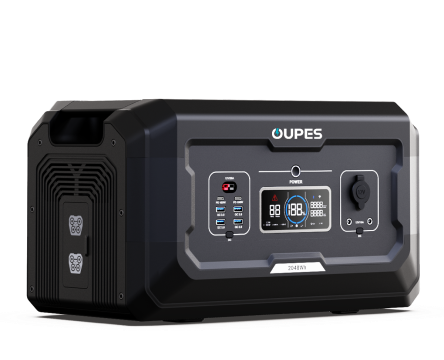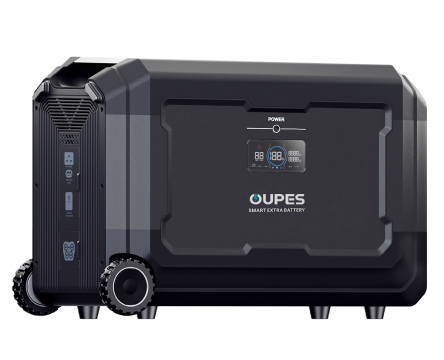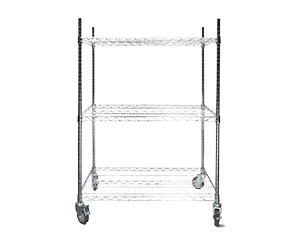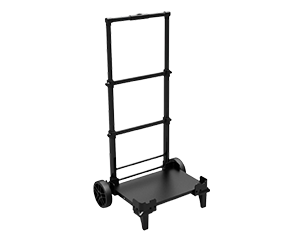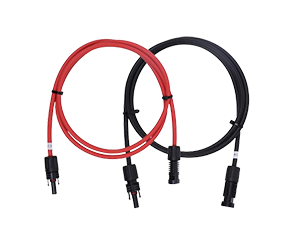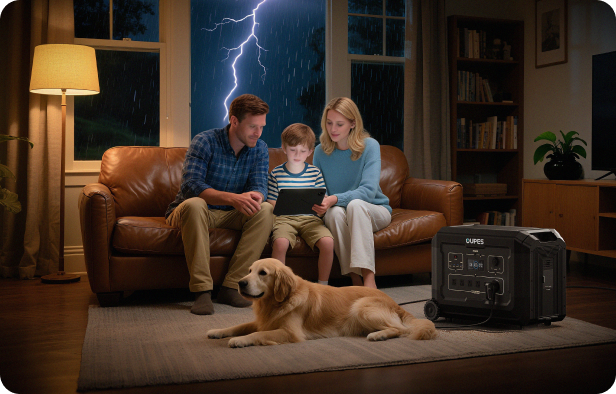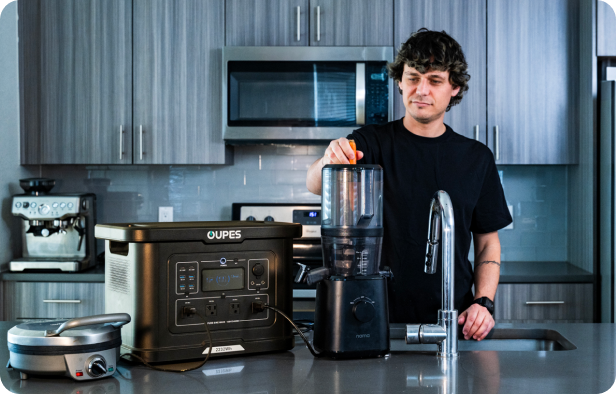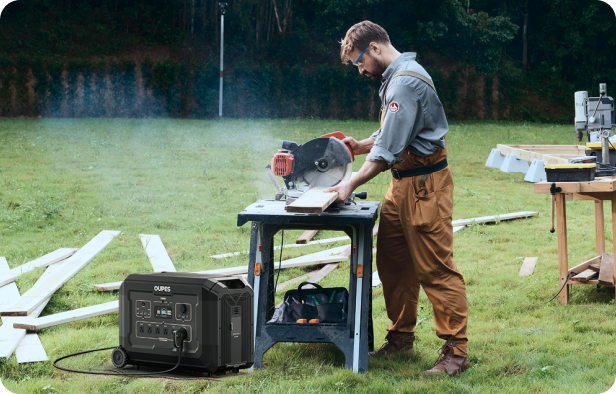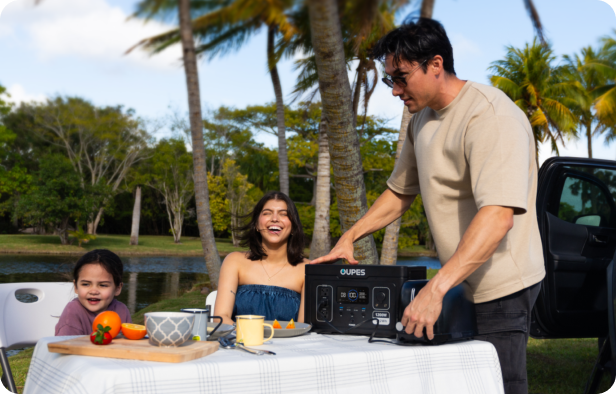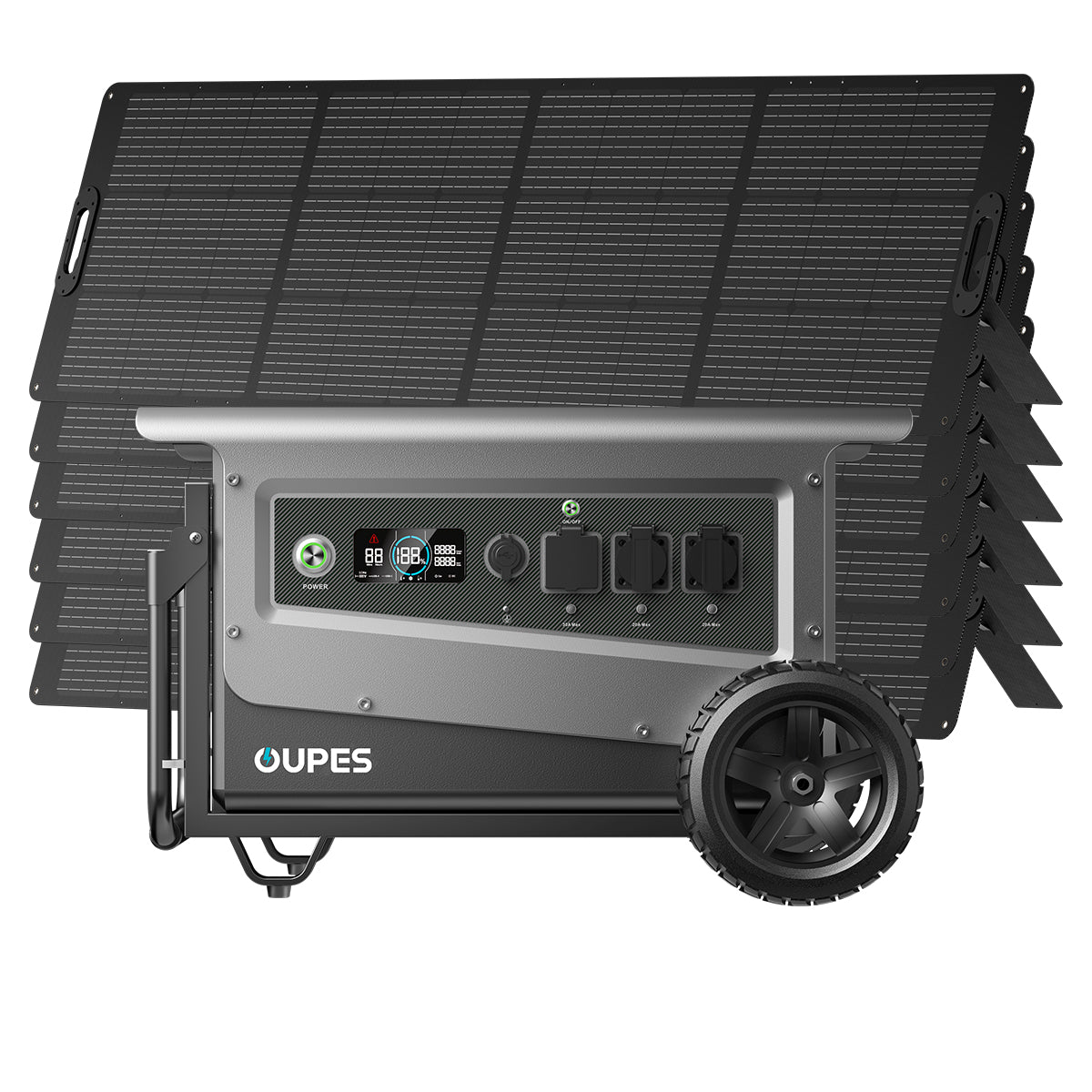
Imagine a world where your home runs completely on solar energy—no utility bills, no power outages, and a drastically reduced carbon footprint. As more people seek sustainable and reliable alternatives to grid electricity, solar generators have emerged as a leading solution. But can they truly replace your entire household’s energy needs?
This article will dive deep into the capabilities of solar generators, including how much power they can supply, what appliances they can handle, and how advanced options like OUPES portable power stations make solar living more realistic than ever.
Understanding How Solar Generators Work
Solar generators operate by capturing sunlight through photovoltaic (PV) solar panels and converting it into electrical energy, which is then stored in a battery. Unlike gas-powered generators, they produce no emissions, make little to no noise, and are powered by a renewable energy source.
The key components of a solar generator include:
- Solar Panels: Collect energy from the sun and convert it into direct current (DC).
- Charge Controller: Regulates the voltage and current coming from the panels to prevent overcharging.
- Battery Bank: Stores the electricity for later use.
- Inverter: Converts DC into alternating current (AC), the type used by household appliances.
The effectiveness of a solar generator depends on both the power capacity of the generator and the efficiency of the solar panels. For instance, a small portable unit like the OUPES Exodus 600 Plus Portable Power Station (600W, 512Wh) can easily charge phones, power lights, and run small devices, but wouldn’t be suitable for running high-demand appliances like an electric oven or HVAC system.
What makes solar generators especially appealing is their portability and ease of use. With plug-and-play systems, many users can set up and operate them without any technical knowledge. But powering an entire home requires more than a basic unit—it demands robust capacity and storage, which brings us to the next critical factor.
How Much Power Does a Household Actually Need?
To determine whether a solar generator can fully power a home, it's essential to understand your household's average energy consumption. According to U.S. Energy Information Administration (EIA) data, the average American home uses approximately 877 kWh per month, or roughly 29 kWh per day.
This usage includes powering refrigerators, washing machines, lighting, electronics, heating, and air conditioning. Here’s a simplified table of estimated daily usage for a typical household:
| Appliance | Average Power (W) | Daily Use (Hours) | Daily Consumption (kWh) |
|---|---|---|---|
| Refrigerator | 150 | 24 | 3.6 |
| Washer & Dryer | 3000 | 1 | 3.0 |
| Lighting | 500 | 5 | 2.5 |
| Air Conditioning | 3500 | 3 | 10.5 |
| Electronics | 300 | 6 | 1.8 |
This adds up to over 20 kWh per day for even a moderately efficient home. To cover this with solar alone, you’d need a generator with a substantial battery capacity and high input/output power levels.
That’s where high-capacity systems like the OUPES Mega 5 Home Backup & Portable Power Station (4000W, 5040Wh) come in. With sufficient solar input and strategic energy management, such units can make it possible to run most household essentials for a significant duration.
Can Solar Generators Fully Power a Household?
The short answer is yes—but with careful planning and the right setup. A high-capacity solar generator can fully power a home, especially if you adopt energy-saving habits and invest in solar panels with sufficient wattage. Here are the main factors to consider:
- Energy Consumption: The less energy you use, the easier it is to go solar-only. Energy-efficient appliances make a big difference.
- Battery Capacity: Your generator should store enough energy to run essential appliances overnight or during cloudy days.
- Solar Panel Input: The more panels and the better their orientation, the more energy you can harvest during the day.
- Load Prioritization: Running essential items like refrigerators, lights, and communication devices is more practical than trying to power everything at once.
Advanced models like the OUPES Titan 5 Portable Power Station (4000W, 5040Wh) are specifically designed for home backup. With powerful inverters, large battery capacity, and fast solar charging capability, they are well-suited for long-term off-grid use. Combine it with multiple solar panels, and you can run everything from your microwave to your washing machine, at least intermittently.
However, in colder climates or during long stretches of bad weather, solar may not meet all your needs unless you supplement with a hybrid system or add more panels and batteries. Homes that use electric heating or have pools, hot tubs, or EVs will need even more capacity or selective usage.
When Is a Solar Generator a Smart Choice for Your Home?
Not everyone needs to go completely off-grid. For many households, solar generators serve best as a backup solution during emergencies, outages, or for powering specific parts of the home. If you're located in an area prone to natural disasters or grid instability, having a solar backup system is more than just smart—it's essential.
Use cases where solar generators shine include:
- Backup Power: Keeping your refrigerator, lights, medical equipment, or communication devices running during outages.
- Remote Cabins: Off-grid living without the cost of extending the power grid.
- Eco-Conscious Homes: Reducing carbon footprint while keeping energy bills low.
- Work-From-Home Setups: Powering laptops, routers, and monitors during blackouts.
For instance, the OUPES Mega 2 Power Station (2500W, 2048Wh) strikes a great balance between portability and performance. It can handle mid-size appliances, power tools, and emergency loads while being relatively compact and user-friendly. Paired with 400W–800W of solar input, it becomes a reliable day-to-day alternative or emergency powerhouse.
Homeowners not ready to go 100% solar can still use these systems to offset peak hour consumption, reduce electricity bills, and ensure their home remains functional when the grid fails. With modular systems, you can even expand capacity as your needs grow.
Conclusion
Solar generators have evolved from niche camping gadgets into serious home energy solutions. While fully powering a household on solar alone is challenging, it is absolutely possible with high-capacity systems, energy-efficient practices, and a solid setup of solar panels and battery storage.
OUPES offers a versatile range of power stations that cater to various needs—from essential backup to full home energy independence. Whether you’re prepping for emergencies or looking to embrace a greener lifestyle, OUPES solar generators can help you take control of your energy future.

